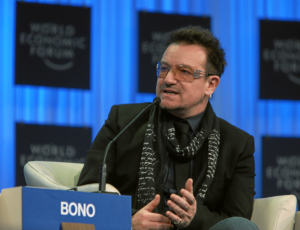 Cancer is regarded as the leading cause of death in children globally. However, in developing countries, only 20% of cancer cases are cured. In December 2019, Rep. Michael McCaul (R-TX) introduced H.R. 5338 – Global Hope Act of 2019 to create international partnerships to address this issue of global childhood cancer.
Cancer is regarded as the leading cause of death in children globally. However, in developing countries, only 20% of cancer cases are cured. In December 2019, Rep. Michael McCaul (R-TX) introduced H.R. 5338 – Global Hope Act of 2019 to create international partnerships to address this issue of global childhood cancer.
The Childhood Cancer Crisis in Developing Countries
Every year, over 300,000 children under the age of 20 are diagnosed with cancer. In most cases, cancer is treatable, and yet, there is an extreme disparity in cancer prevention and treatment services available to children living in high-income nations versus middle and low-income nations. While more than 80% of childhood cancer cases in developed countries are cured, in developing countries only 20% of children diagnosed with cancer recover.
Poverty, ranging from the individual to the national level, creates challenges for acquiring the proper care for children with cancer. The cost of cytotoxics and medical visits may prove to be unaffordable for families that already struggle financially. Clinics and hospitals that offer treatment are sometimes inaccessible to cancer patients that live in rural areas and do not have reliable transportation. Providing lower-cost cancer drugs and services and expanding reach can create more opportunities for overcoming cancer in children in middle and low-income areas.
The Goals of the Global Hope Act of 2019
H.R. 5338 was first introduced on December 6, 2019 and was passed and sent to the Senate within two months. This bill has 20 co-sponsors and authorizes the Secretary of State to develop partnerships in research and finance with international institutions that seek to fight childhood cancer on a global scale. The text of the Global Hope Act of 2019 emphasizes that not only should infectious disease prevention and treatment be a priority for the United States, but also non-communicable diseases including cancer.
The primary objectives of the Global Hope Act of 2019 are to strengthen U.S. political commitment to global childhood cancer efforts. The policy includes supporting the expansion of medical infrastructure, increasing available technologies and medicines for childhood cancer treatment and expanding the number of trained healthcare workers. The passage of the bill would promote collaboration with the United Nations, the World Health Organization and other institutions in order to minimize the childhood cancer mortality rate.
Supporting the mission of the WHO Global Initiative for Childhood Cancer, which was launched in 2018, would fall under the enactment of H.R. 5338. The initiative aims to increase the global survival rate of children with cancer to at least 60% by 2030, through raising awareness of the problem and assisting the governments of developing nations with cancer healthcare for their children. The initiative’s target is to aid 12 to 15 countries by the end of the year.
Results in Peru
The Global Initiative for Childhood Cancer has already proven to be effective in Peru. Designated as one of the initiative’s focus countries in 2019, Peru now has a pediatric cancer plan, which seeks to increase efforts to diagnose childhood cancer cases earlier, develop a national pediatric cancer registry, improve treatment services and decrease treatment abandonment rates.
Backing the WHO goals to increase childhood cancer survival rates as laid out in the Global Hope Act of 2019, could help create further progress in the work of the initiative.
The Future of the Global Hope Act of 2019
The Global Hope Act of 2019 is currently under review by the Committee on Foreign Affairs in the Senate. Co-sponsor of the bill, Rep. Mike Kelly (R-PA) stressed the importance of H.R. 5338 in his statement following the House vote in January: “We have made incredible progress reducing childhood cancer mortality in America. The Global Hope Act will extend that success to developing nations by expanding pediatric medical training, treatments, and technologies to countries that need our help.” Continued movement of the bill in the Senate has the potential to provide significant support to many children battling cancer, especially those in impoverished countries.
– Ilana Issula
Photo: Wikimedia
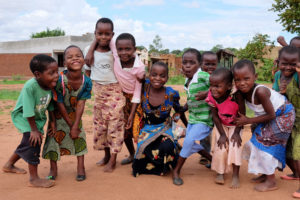 Child marriage rates in Sub-Saharan Africa are the highest in the world, with an average of
Child marriage rates in Sub-Saharan Africa are the highest in the world, with an average of 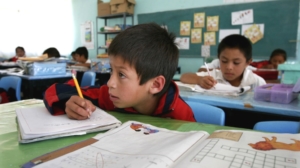 Improving education has been a consistent focus throughout Mexico for decades. Both the former and current presidents have created, stripped and appealed legislation in efforts to strengthen the education system. Two opposite reform strategies and impassioned teachers alike advocate the importance of progress, but the country’s previous president failed to truly achieve this goal. Education reforms in Mexico remain a top priority for the country, but the new president may fall short in a different way than his predecessor.
Improving education has been a consistent focus throughout Mexico for decades. Both the former and current presidents have created, stripped and appealed legislation in efforts to strengthen the education system. Two opposite reform strategies and impassioned teachers alike advocate the importance of progress, but the country’s previous president failed to truly achieve this goal. Education reforms in Mexico remain a top priority for the country, but the new president may fall short in a different way than his predecessor.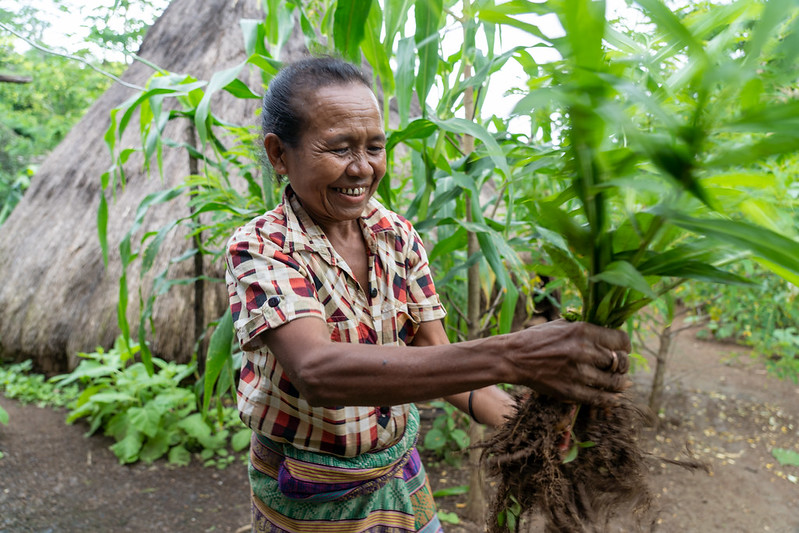
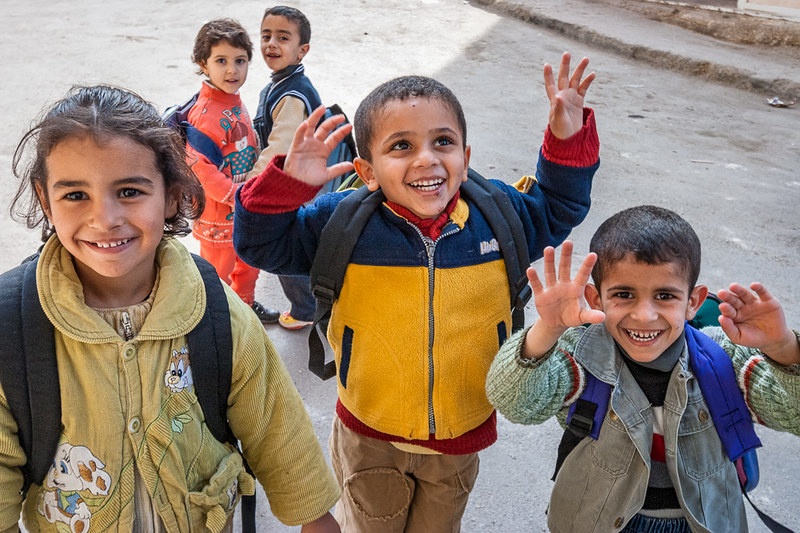

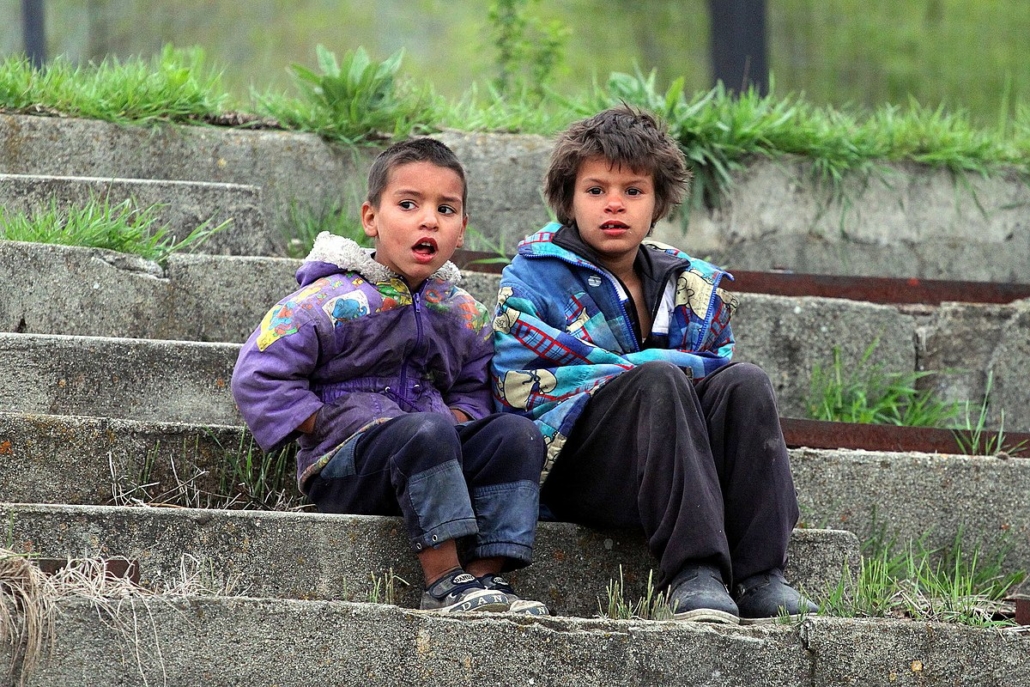
 TikTok was founded in September 2016 and has since taken the world by storm. Designed for users to easily create and share short videos that are meant to entertain and inspire, the social networking platform has roughly
TikTok was founded in September 2016 and has since taken the world by storm. Designed for users to easily create and share short videos that are meant to entertain and inspire, the social networking platform has roughly 